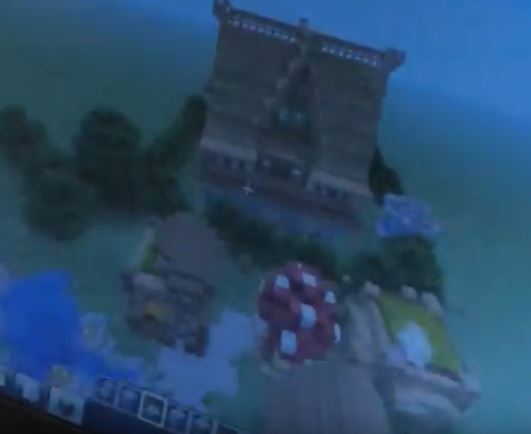Submitted by: Deanna Miller
Collaborators: Ann Nash
School: Academy at Virginia Randolph
Summary
Students were introduced to the world of Indie Crafting. Students collaborated to choose craft projects that could be taught to an audience in a 45 minute time period. Groups were responsible for researching the process of making the craft as well as the cost of supplies and quantities needed. By the end of this unit, students had the opportunity to teach their craft in person their peers and members of the faculty. The students documented the craft-making process using the method of their choice. The documentation was then incorporated into a how-to website. This allowed the students to reach and teach the global community.
TIPC Ratings
Target: The students had to identify which digital tools to use to explain their craft to their audience. The students had to research the cost of their supplies. They also had to compare prices and make decisions based on the real-world problem of having budget and time restrictions.
Approaching: The students created websites in order to communicate with the world beyond the classroom. The websites were partially teacher directed because they were asked to utilize google sites to create their website. The students at AVR needed the teacher to help establish group norms to facilitate effective collaboration. The students formed their own collaborative teams and selected appropriate technologies to document their art making process. They chose their own materials and overcame their own obstacles related to their art making process.
Approaching: The teacher incorporated problem and project based learning into instruction. The students were told that they would come up with a craft to teach to an audience. The teacher also guided and encouraged students to use appropriate resources to solve their problems. At AVR we have students that have maybe never researched the cost of art supplies. As the teacher, I felt I needed to help them discover art supply companies and fabric stores as a jumping off point for their research. The students used multiple resources, including, but not limited to etsy.com, to draw conclusions about indie crafts and the process that they would use to create their handmade product. Etsy.com was merely a jumping off point for the students to research and then apply what they learned and discovered on etsy.com to further research. The students used multiple sources to create a hybrid idea of what their final craft would be. As they worked, sometimes they would have to re-research something about their project to solve a problem and move forward in the production of their craft. For example: Sewing the sequins on is taking too long, and our audience needs to complete the project in one class period. What is another way to attach the sequins? Glue. How much does this glue cost? Does it fit in the budget? Where do we purchase the glue? The students also answered open ended questions about buying local and handmade goods, as well as looked at the idea of “big-box stores” and their effect on local merchants. Some students made connections between their own experiences with local merchants and their experiences in “big-box stores.”
Approaching: The students applied critical thinking when crafting didn’t go according to plan or they could not afford certain materials; such as the sequins problem mentioned above. Students had to use various research methods when figuring out how to work with certain materials, and the cost of their materials. Students taught lessons to teachers and created websites which allowed them to collaborate effectively with an audience beyond the classroom.





